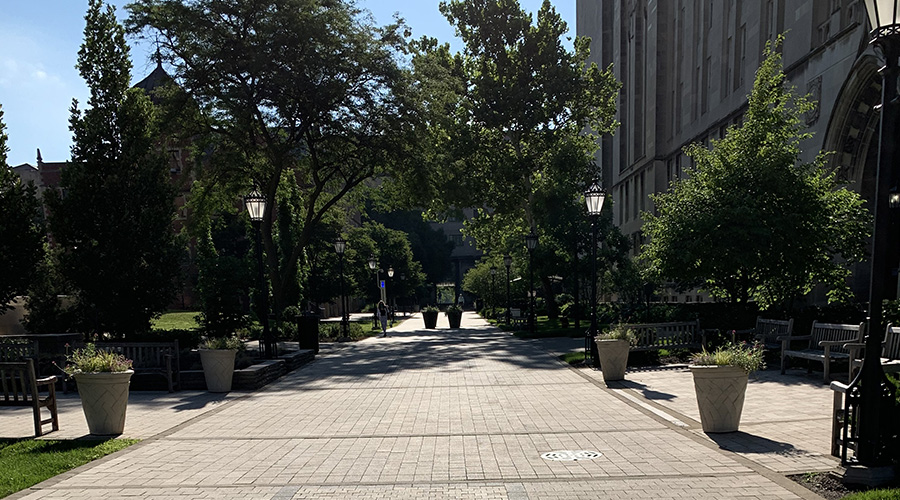« Back to Facilities Management News Home
« Design & Construction
The Future of High-Efficiency Envelopes for Metal Buildings
One key aspect of large-scale metal building construction that might be easily overlooked when considering a high-efficiency envelope is right under your feet. Subfloor radiant heating strategies, though not actually new, are tried, true, and quite practical for certain metal building applications. All of which means ACH foam technologies will likely be just as indispensable in the future as it is today.
The University of Iowa built an 82,000-square-foot metal building large enough to host full-scale marching band practices. Since Iowa’s annual temperatures range from below zero to above 90 degrees, a key consideration for the University would be how to mitigate long-term heating and cooling costs for a building roughly the size of a football field for the life of the facility. In-floor radiant heating provided a lot of advantages over forced-air but did have specific insulation performance criteria.
“Because this was a design-build project, there was opportunity to provide some product recommendations during preconstruction,” says Jim Seelman of MBA Incorporated. Seelman was familiar with a variety of rigid foam board and expanded polystyrene (EPS) insulation products that would support the radiant heating system and recommended ACH Foam Technologies’ Foam-Control PLUS+ architectural insulation as an ideal solution.
EPS’ compressive strength was critical since the chosen product would be covered by a six-inch layer of rock aggregate, followed by artificial turf. Placing aggregate on top of the insulation required trucks to drive onto the already-placed foam to unload the material.
EPS foam insulation has also consistently shown a superior ability to maintain its R-value when exposed to moisture in real-life conditions and holds its R-value better than extruded polystyrene (XPS) over the life of the product. Other factors Seelman and designers considered were the ease with which the radiant heating piping could be laid into the insulation and the product’s 50-year warranty.
Seelman estimates that selecting Foam-Control PLUS+ saved the project more than $100,000 in material costs alone over the originally specified product. It is also the first EPS insulation on the market available in uniform pre-scored pieces, increasing the ease and flexibility of installation.
“This product is extremely easy to install,” Seelman says. “We actually hired the local high school football team to help with the installation.”
Under MBA’s guidance, all 80,000 square feet of insulation were installed in a single 12-hour night’s work, tallying roughly 250 man hours of labor.
More From 6/28/2017 on FacilitiesNet







